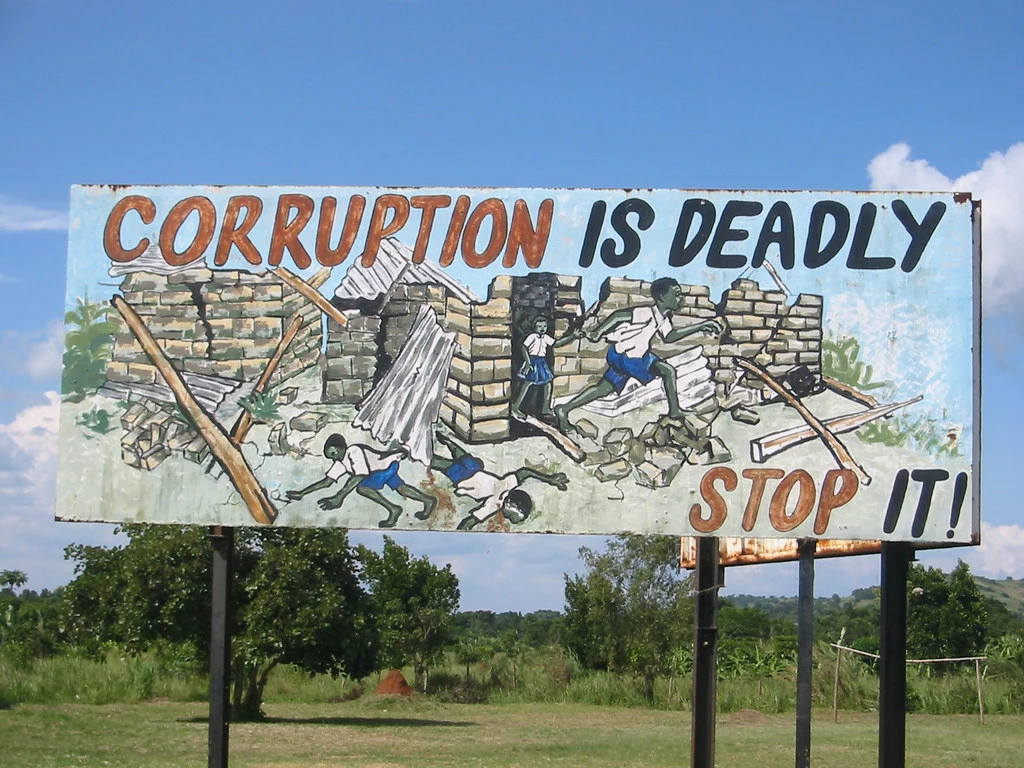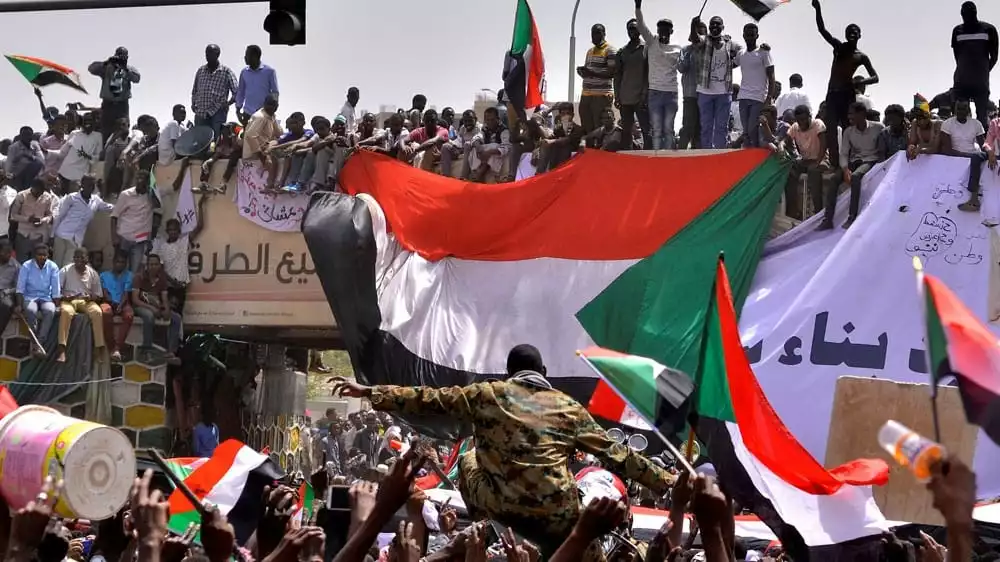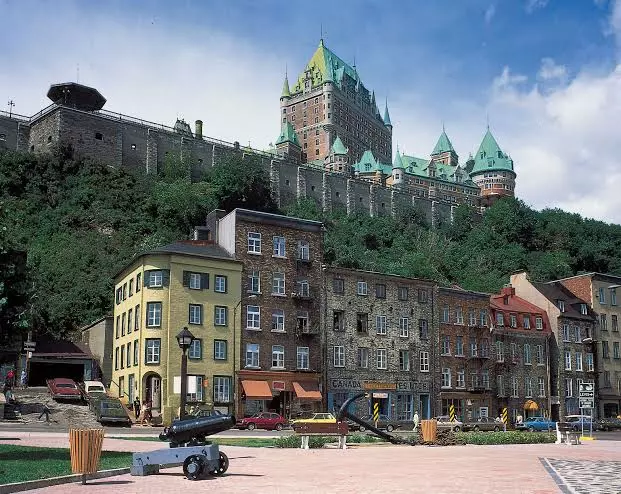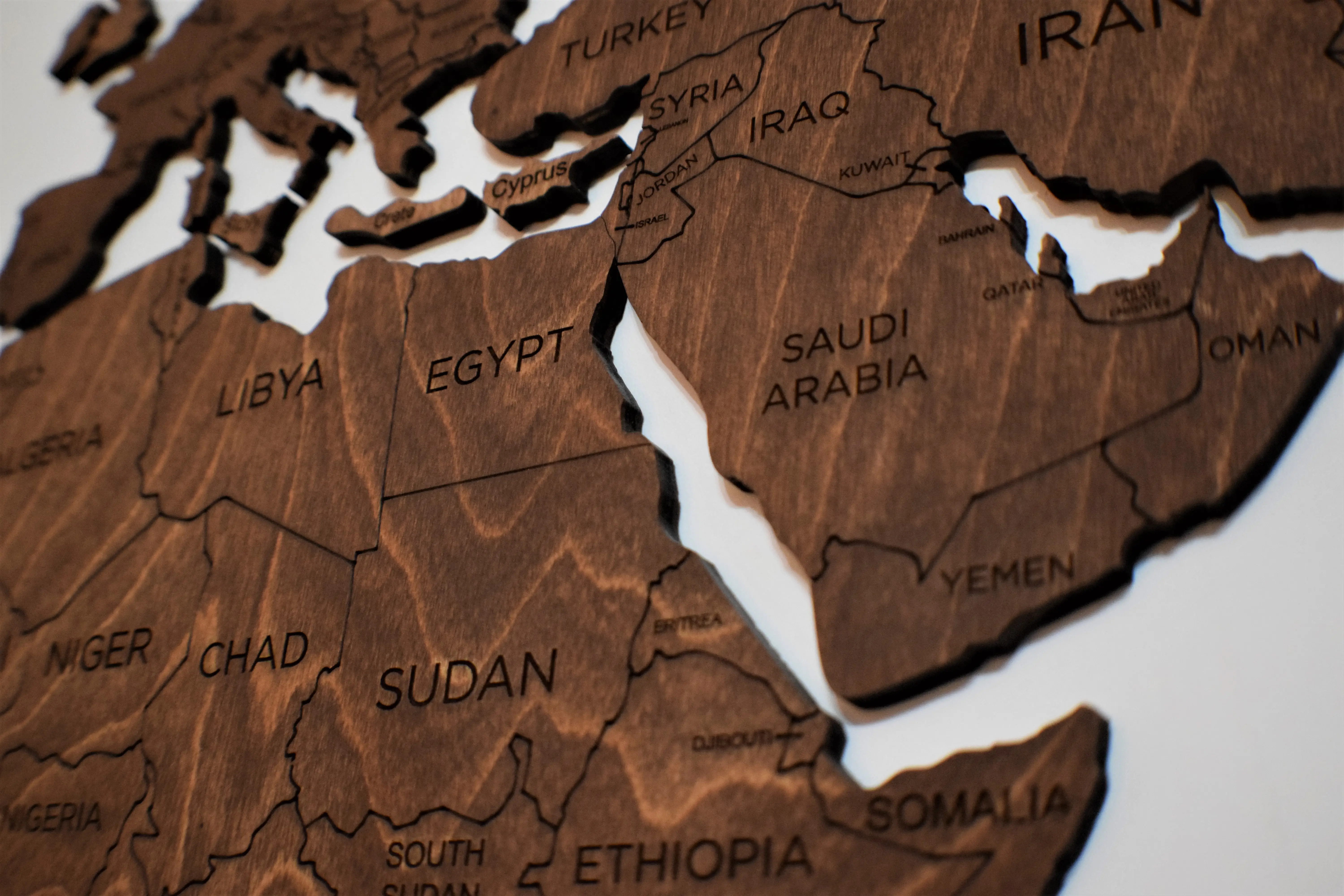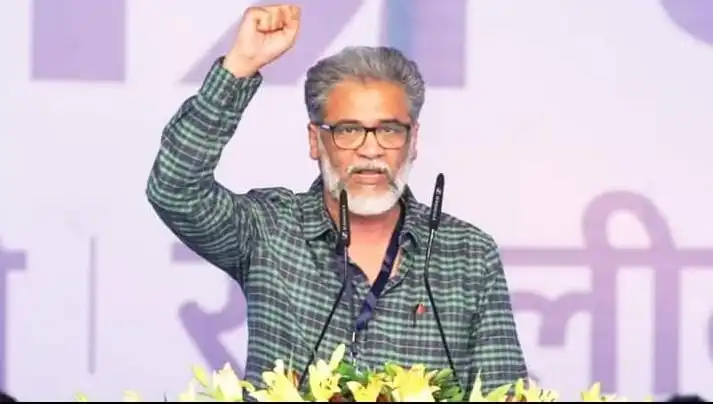Background
The Popular Movement for the Liberation of Angola (MPLA) was formed in 1956, and from 1961 to 1974 fought a bitter armed struggle against Portuguese colonialism. Following the anti-fascist coup made by the Armed Forces Movement (MFA) in Portugal, the new Portuguese government negotiated a rapid transfer of power to the liberation movements in its African colonies, including Angola which became independent in 1975.
Western backed pseudo-liberation movements FNLA, led by Holden Roberto, and UNITA, led by Jonas Savimbi, challenged MPLA creating a long, drawn-out civil war.
The Battle of Cuito Cuanavale which took place in southern Angola in 1987-1988 was between the forces of UNITA and apartheid South Africa on one side and the Angolan and Cuban armies on the other. This was the first major defeat suffered by the apartheid army. It ended with the agreement that if Cuban forces left Africa, South African forces would leave Namibia.
Namibia gained its independence in 1990, and South Africa gained its freedom from apartheid with the democratic breakthrough of 1994.
In 1998 the USA launched its proxy war against the Democratic Republic of the Congo (DRC), then under the leadership of President Laurent Kabila. The intention was after taking Congo, to march into Angola and put Jonas Savimbi into power. In fact, the biggest battle of that war was in Cabinda, the oil rich enclave of Angola north of the Congo River. Savimbi died in battle in 2002.
Meanwhile, the first President of Angola, Agostinho Neto, a Marxist-Leninist with strong ties to the Portuguese Communist Party, assumed office in 1975 but died in 1979. He was replaced by José Eduardo dos Santos who would remain in power until 2017. Under the leadership of dos Santos, the MPLA dropped the ideology of Marxism-Leninism in 1991, and in 1992, Angola ceased to be the People’s Republic of Angola, becoming merely the Republic of Angola.
Increasingly, the dos Santos family developed a reputation for looting on a massive scale.
In 2017, João Lourenço was chosen by the MPLA to replace José Eduardo dos Santos who had long outlived any popularity he may once have enjoyed.
Corruption and Anti-Corruption
In February 2022 Angolan Minister of Justice Francisco Queiroz announced in the state-owned Jornal de Angola the recovery of assets worth more than 11 billion USD looted from government resources and put into foreign bank accounts. Since then, the estimate of the amount of money believed to have been looted has tripled. The authorities have launched 715 criminal prosecutions for corruption, fraud, embezzlement and other financial crimes.

After taking office in 2017, President João Lourenço launched an anti-corruption drive to recover assets he suspected were embezzled under the administration of his predecessor, José Eduardo dos Santos.
In 2020, José Filomeno dos Santos, son of José Eduardo dos Santos, became the first member of the former first family to be prosecuted as the anti-corruption campaign gained traction. He was charged with stealing 500 million USD from the Sovereign Wealth Fund and transferring it to a bank account in Switzerland.
Soon after, the daughter of José Eduardo dos Santos, Isabel dos Santos Dokolo (Dokolo, her married name), at one time reported by Forbes magazine to be the richest woman in Africa, was probed for a long list of crimes, including mismanagement, embezzlement and money laundering during her tenure as Chairperson of the Board of Directors at the national oil company Sonangol.
Recently, it was agreed to give an amnesty to Angolan millionaires and billionaires in exchange for the return of their stolen wealth. In addition, the Angolan Government is also working with those countries in which stolen money belonging to the Angolan people has been hidden.
Isabel dos Santos Dokolo has now been charged with having stolen 12.7 billion USD; she is currently in exile in the United Arab Emirates, having lost most of her wealth. Isabel is followed by her father José Eduardo dos Santos, former President of Angola who is charged with having stolen 7.9 billion USD. Third on the list is former Vice-President Manuel Domingos Vicente who is charged with having stolen 3.8 billion USD. Even Bornito de Sousa who served as Vice-President under President João Lourenço from 2017-2022 has now been charged with corruption.
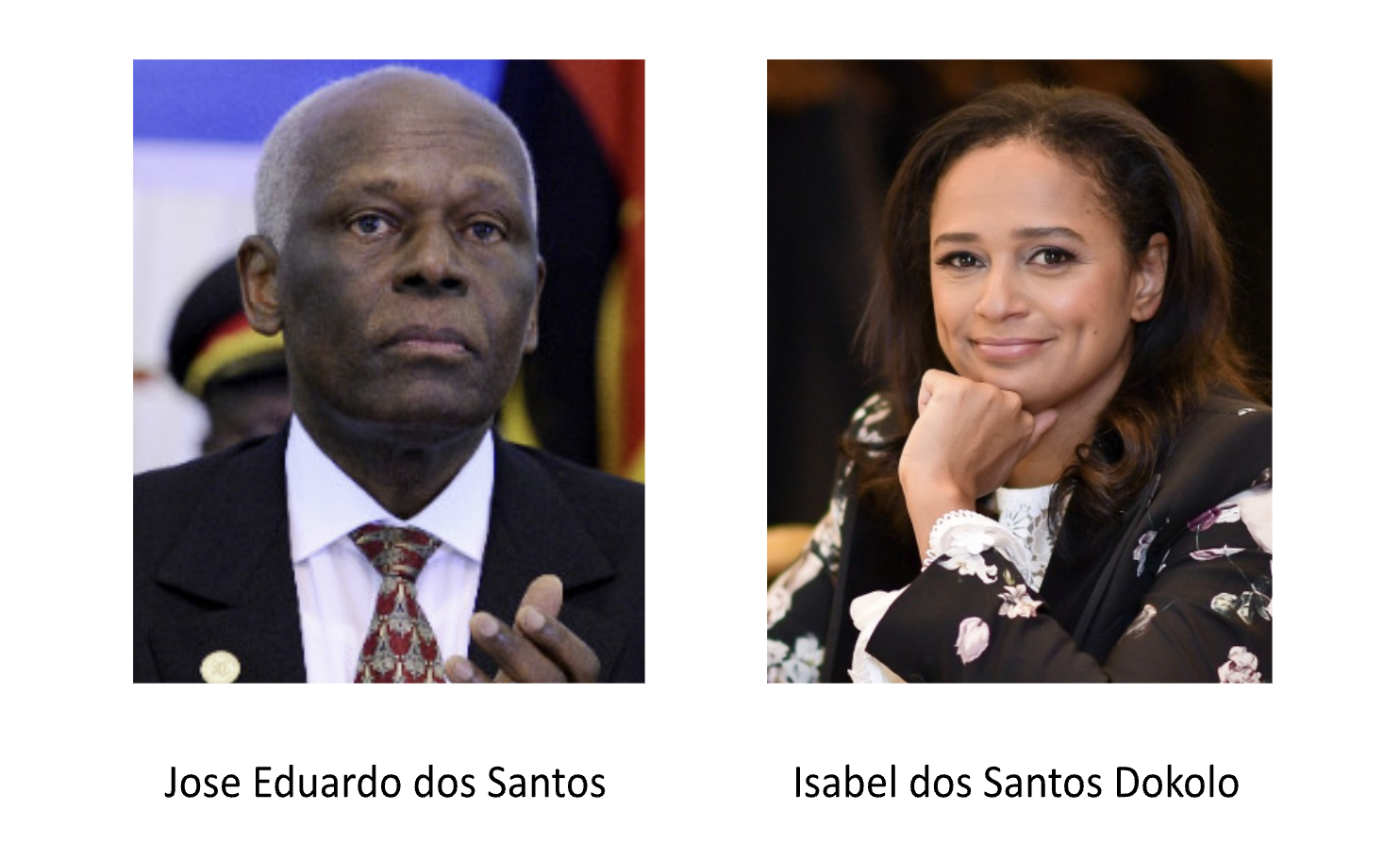
The Angolan government recently released the following shame list of looters:
1. José Eduardo dos Santos: USD 7.9 billion
2. Hélder Manuel Viera Dias Júnior ‘Kopelipa’: USD 2.6 billion
3. Leopoldino Fragoso do Nascimento ‘Dino’: USD 1.8 billion
4. Manuel Domingos Vicente: USD 3.8 billion
5. Isabel dos Santos Dokolo: USD 12.7 billion
6. Lieutenant-Colonel Leonardo Lidinikeni (former presidential intelligence officer):
USD 314.3 million
7. José Lima Massano: USD 1.2 billion
8. José Filomeno dos Santos ‘Zenú’: USD 1.9 billion
9. José Leitão da Costa e Silva: USD 842.7 million
10. José Maria (former head of military intelligence): USD 854.3 million
11. Jean-Claude Bastos de Morais: USD 2.5 billion
12. Armando da Cruz Neto: USD 213.7 million
13. Álvaro Sobrinho: USD 1.7 billion
14. Elísio de Figueiredo (ambassador): USD 1.8 billion
15. António Pitra Neto: USD 578 million
16. Higino Lopes Carneiro: USD 1.2 million
17. Carlos Hendrick Silva; USD 243.2 million
18. General Fernando Araújo (businessman): USD 283.1 million
19. António Mosquito and bank clerk Sebastião Lavrador: USD 213.8 million
20. Marcel Kruse (businessman and politician): USD 348.2 million
21. Joaquim David: USD 854.9 million
22. Abílio Sianga (Director of Sonangol): USD 743.7 million
23. Mário Palhares (bank clerk): USD 843.8 million
24. Aguinaldo Jaime; USD 412.8 million
25. António França ‘Ndalu’ USD 312.9 million
26. Amaro Taty: USD 232.9 million
27. Noé Baltazar (Director of ASCORP): USD 743.9 million
28. Desidério Costa: USD 621.9 million
29. Isaac dos Anjos: USD 312.8 million
30. Faustino Muteka: USD 532.1 million

31. Carlos Hendrick: USD 198.8 million
32. António Van Dúnem: USD 317.5 million
33. Manuel Augusto da Fonseca (Director of Sonangol): USD 429.2 million
34. Orlando Veloso (former head of housing construction for Sonangol): USD 512.7 million
35. José Carlos de Castro Paiva (former Non-Executive Director of Sonangol): USD 312.1 million 36. José Pedro de Morais: USD 542.7 million
37. General Pedro Neto: USD 286.9 million
38. Dumilde Rangel: USD 213.5 million
39. Santana André Pitra: USD 267.4 million
40. Hendrick Vaal Neto: USD 265.2 million
41. Fernando da Piedade dias Santos Nandó: USD 623.7 million
42. Salomão Xirimbimbi: USD 312.8 million
43. Fátima Jardim (former Minister of Fisheries) : 121.5 million
44. Álvaro Carneiro (former Deputy Director of Endiama): USD 276.9 million
45. Ramos da Cruz: USD 163.8 million
46. Gomes Maiato: USD 285.8 million
47. Joanes Andre: USD 693.7 million
48. João Eduardo dos Santos: USD 412.4 million
49. Marta dos Santos: USD 1.2 billion
50. Bento Kangamba: USD 203.7 million
51. Gonçalves Muandumba: USD 175.8 million
52. Luiz Paulino dos Santos (former Governor of Bié Province): USD 86.3 million
53. Paulo Kassoma: USD 126.3 million
54. Rui Santos (businessman): USD 1.8 billion
55. Mário António (Director of GEFI): USD 83.9 million
56. Silva Neto (former Director of Sonangol Distribution): USD 453.8 million
57. Júlio Bessa (former Minister of Finance): USD 113.7 million
58. Paixão Franco: USD 163.8 million
59. Kundi Payhama: USD 217.8 million
60. General Furtado: USD 198.4 million
61. Ismael Diogo: USD 59.3 million
62. Augusto Tomás; USD 846.1 million
63. Generoso de Almeida; USD 213.6 million
64. General Cirilo de Sá: USD 147.1 million
65. Paixão Junior: USD 241.7 million
66. General Adolfo Razoilo: USD 162.4 million
67. Bornito de Sousa (Vice-President of Angola 2017-2022): USD 317.4 million
68. Gilberto Lutukuta: USD 98.8 million
69. José Pedro de Morais (businessman): USD 312.8 million
70. Fernando Borges: USD 134.2 million
71. José Lopes; USD 73.9 million
72. Irmãos Ceita: USD 421.7 million
Editor's Note:
The views and informations expressed in the article are solely those of the author and may or may not reflect the views of The International. We believe in providing a platform for a range of viewpoints from the left.
